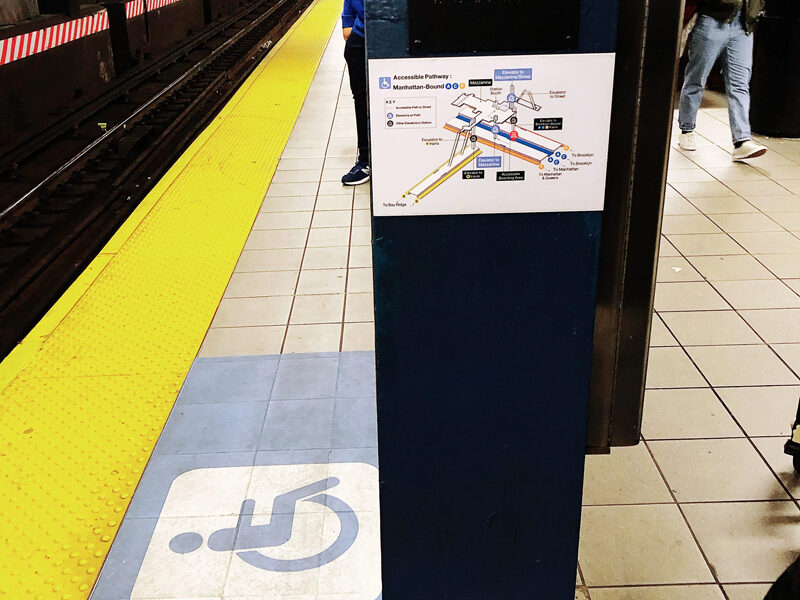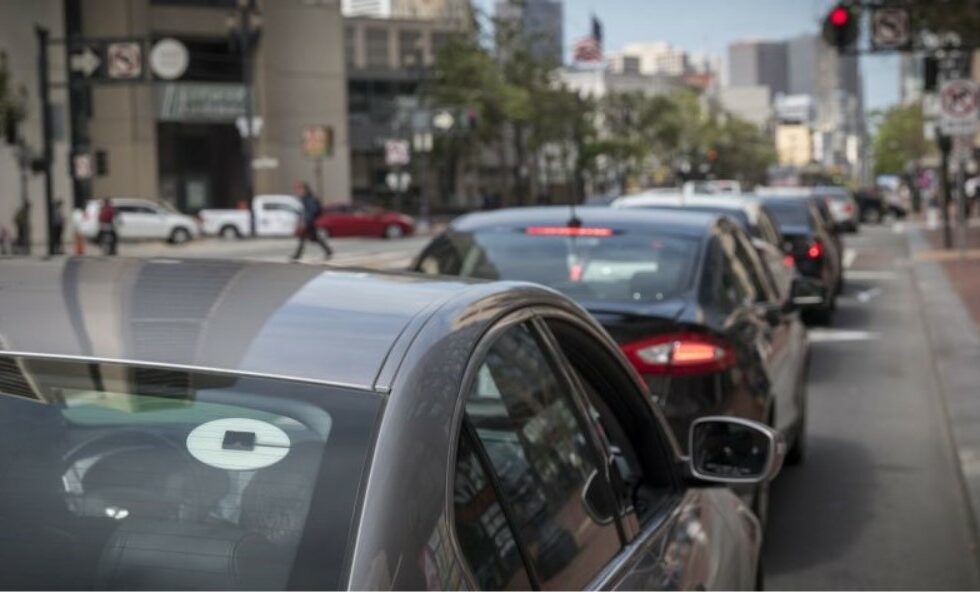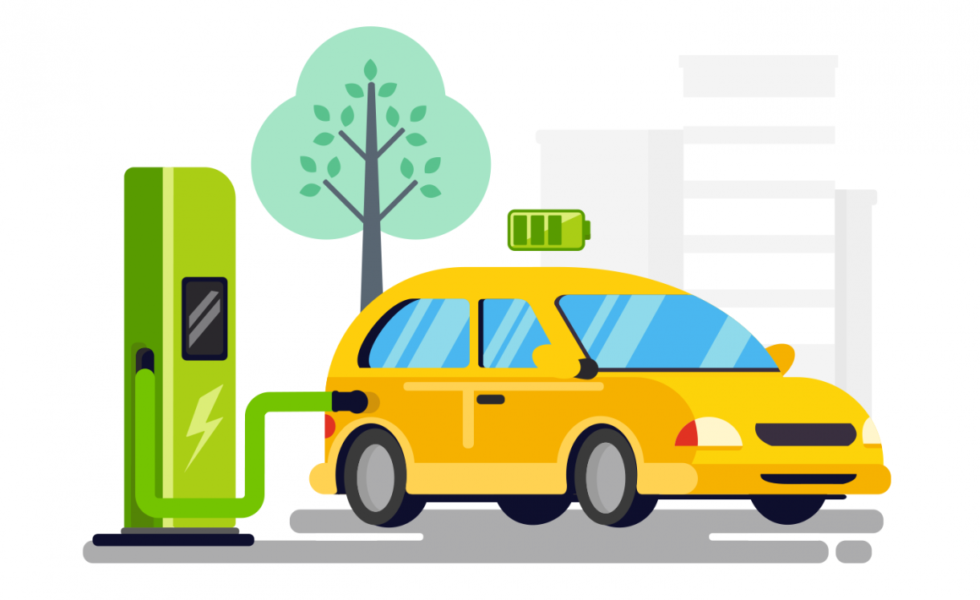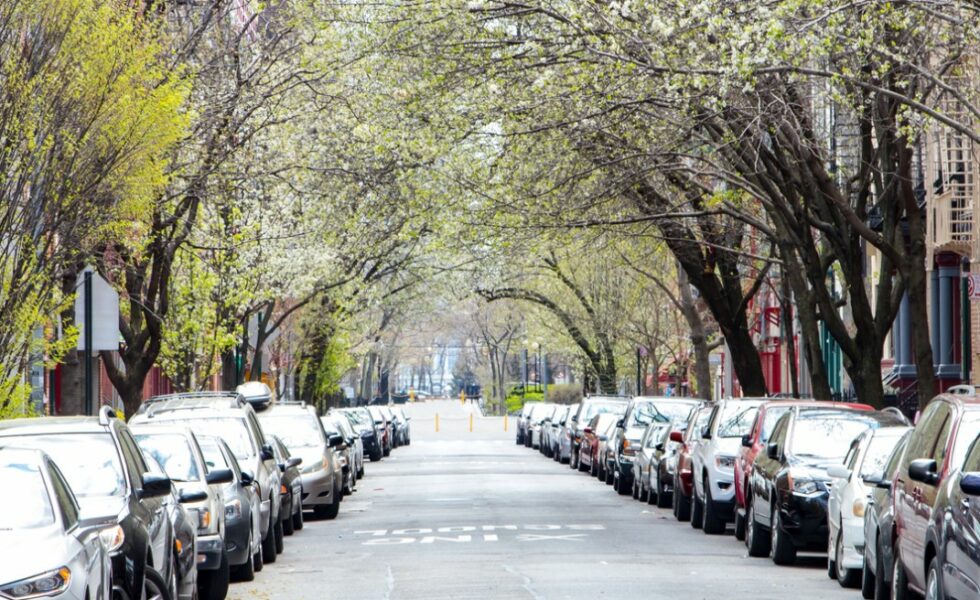Development of Mountable Sensors to Improve Bicyclist Safety
These new sensors are focused on obtaining data about the bicyclist’s behavior, which will complement the current data and contribute to new findings. An iOS platform is also being developed to track the devices and visualize real-time data collected with them. More units are expected to be implemented into the device in the near future for crowdsourcing.










